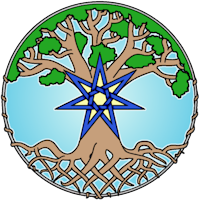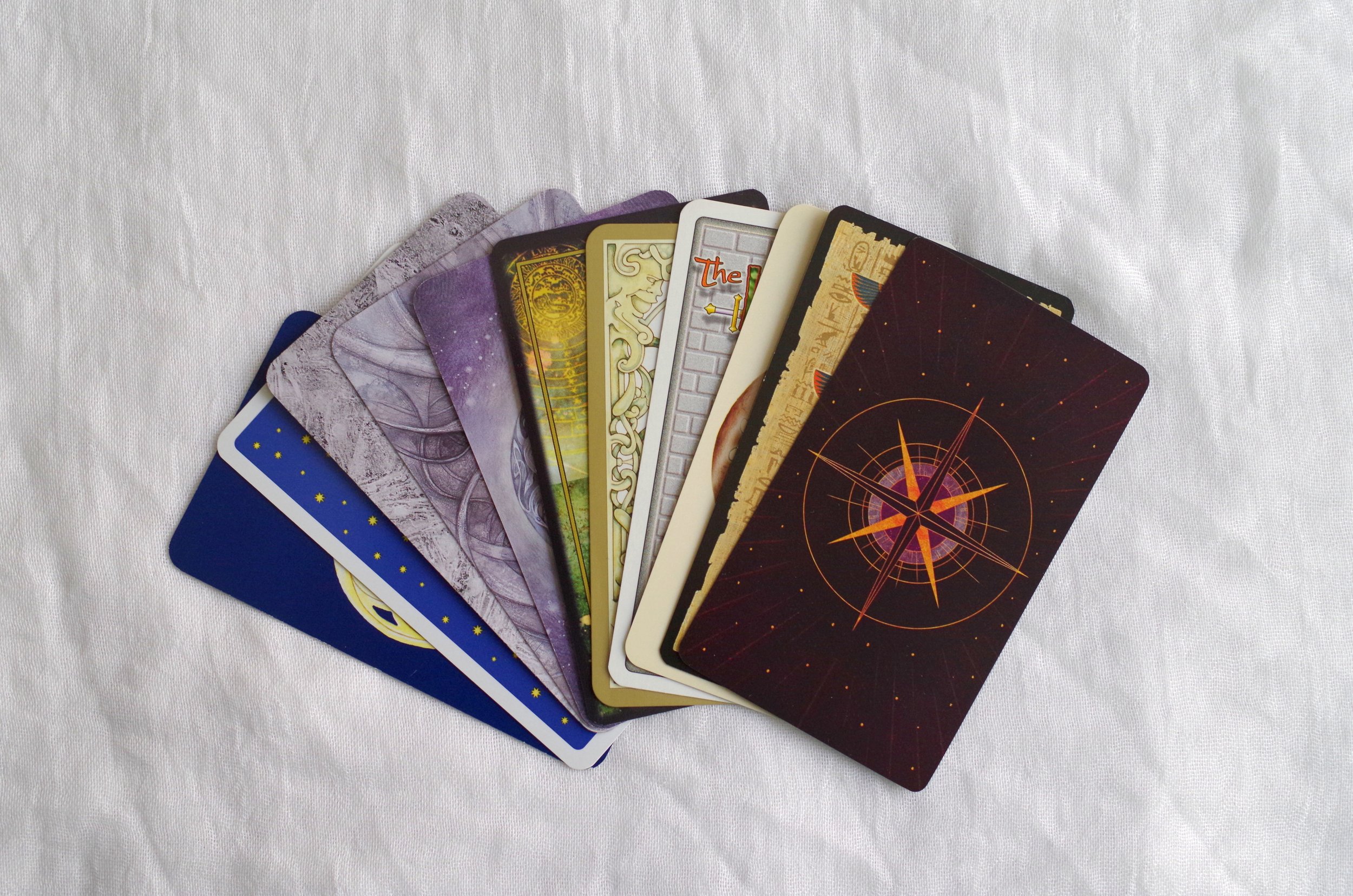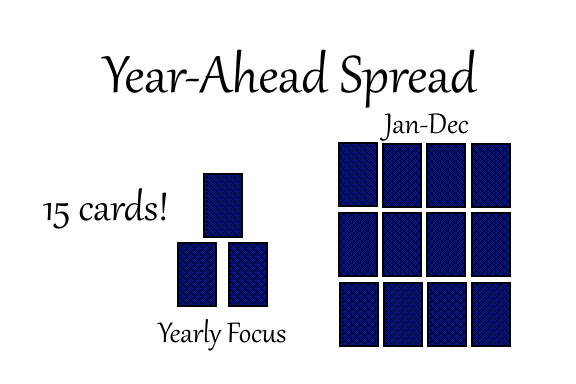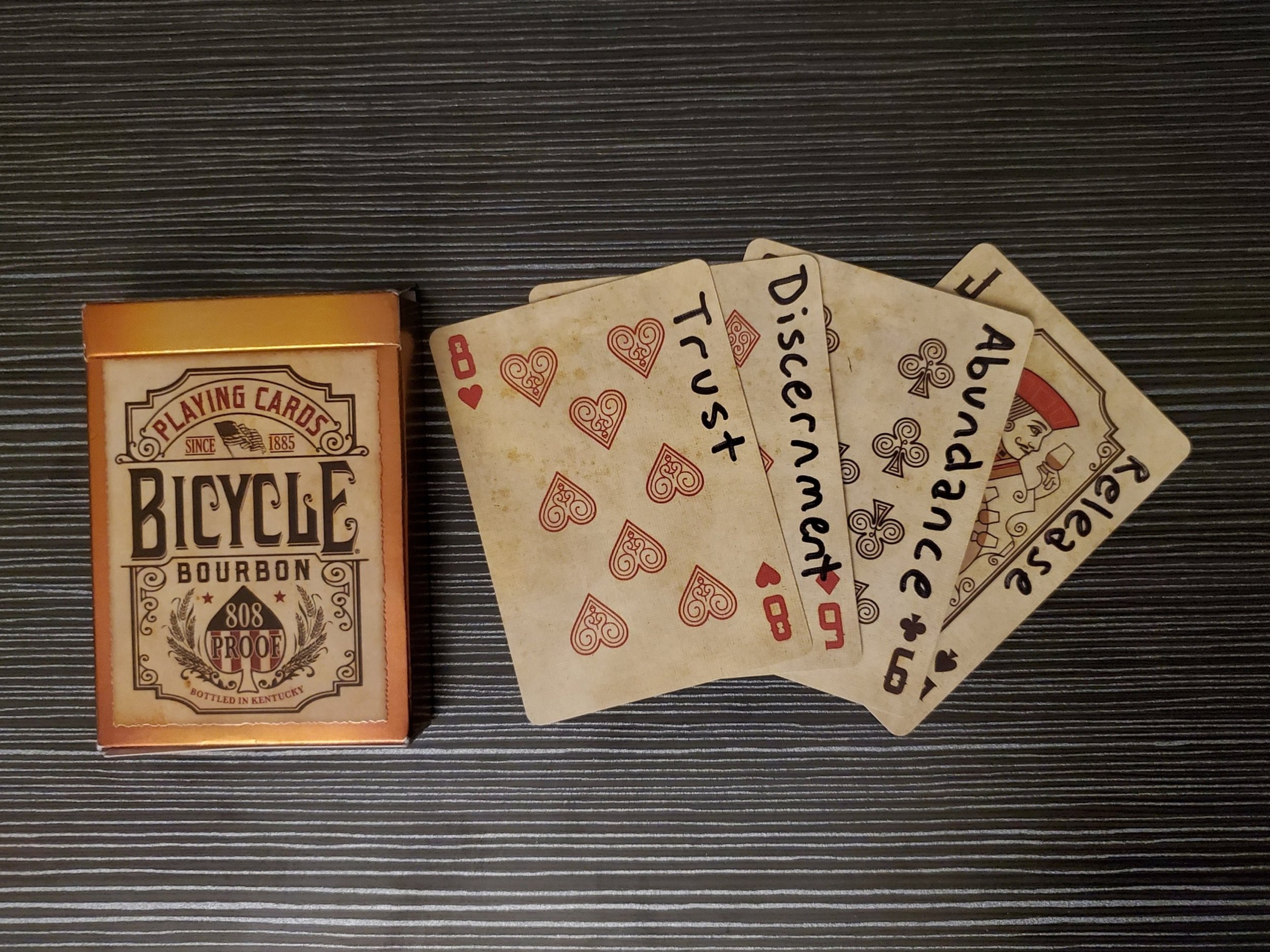This month, on an intuitive feeling, I drew ogham to ask what I should bring with me when I went to seek Na Morrigna around their Cauldron. I pulled Ailm, and so when I journeyed there I brought with me a pine sprig. What next followed unfolded a bit like a fable, a simple story with a deeper, metaphorical meaning and a moral, instruction in proper behaviour.
– – –
Na Morrigna turned my pine sprig into a spoon, and with that spoon They instructed me to stir the liquid in the great cauldron, clockwise around, a total of nine times. By the time I had finished, the liquid was a swift whirlpool, a vortex through which the bottom of the cauldron could be seen, just barely. One of the Sisters pointed, and I bent down, to look more closely. There was a tiny crack, a hairline fracture, in the base of the cauldron, and as I watched, the force of the whirlpool strained the cauldron, and the crack began to widen, and the liquid began to flow out so that the bottom was no longer visible, and then with a loud crack, the bottom broke in two and all the rest of the liquid was quickly absorbed by the land beneath, gone and leaving no trace. What a disaster came of such a small thing! “Protect your foundations.” They told me. “Tend to your vessel. But when it breaks…” I looked to Na Morrigna as They went silent again, wondering what They would have me do next. Instead, They each took their walking stick or spear and pounded the broken vessel with those, to break the cauldron further, into small pieces of rubble. When that was done They set down their sticks and raised their hands, using sorcery, and reduced the rubble to dust. As the dust settled, I reflected that it seemed like it had more potential this way than it had as rubble, and that was strange to me but also right, because this was more completely destroyed. Then each Sister took up a new task: One poured water on the dust to hydrate the clay, One shaped the clay with her hands into a new pot, and One piled wood around the new cauldron that was taking shape, taller than it was tall, and in a wide ring, surrounding it. When their work was complete, They all three took up a place around the wood ring, and bent to strike a fire, so that it might catch from all sides. The blaze began to fire the pot, and by the time it had burned down to coals, the new Cauldron was finished, and ready to once again be filled.
– – –
When it was finished, I was sent on my way with the memory of what I had seen, to share with my community. The experience reminded me in many ways of a dismemberment healing, a similarity that was somewhat underscored by their use of the word/concept “vessel”, as in the saying “you can’t pour from an empty vessel”, which means that we (the vessel) can’t help others if we don’t have enough energy for our own needs. I’ll leave the story as I saw it happen for you all to think about and interpret (and feel free to share any meaning you glean from it!) but my personal interpretation is along those lines: we need to take care of ourselves and our needs, in order to be able to do the Work that Na Morrigna are calling each of us to do. This time of the year, that can be really difficult for many of us – particularly those of us who have difficult family situations and many social obligations. But as that hairline fracture with the added stress of the whirlpool caused the whole cauldron to crack in two, so too can small issues in our own lives – when ignored for too long or stressed by difficult circumstances – cause upheaval. The message, I think, is that sometimes more destruction can actually be fruitful at that point, if you can get back to a place of potential and open possibilities. It’s given me things to think about, for sure.





